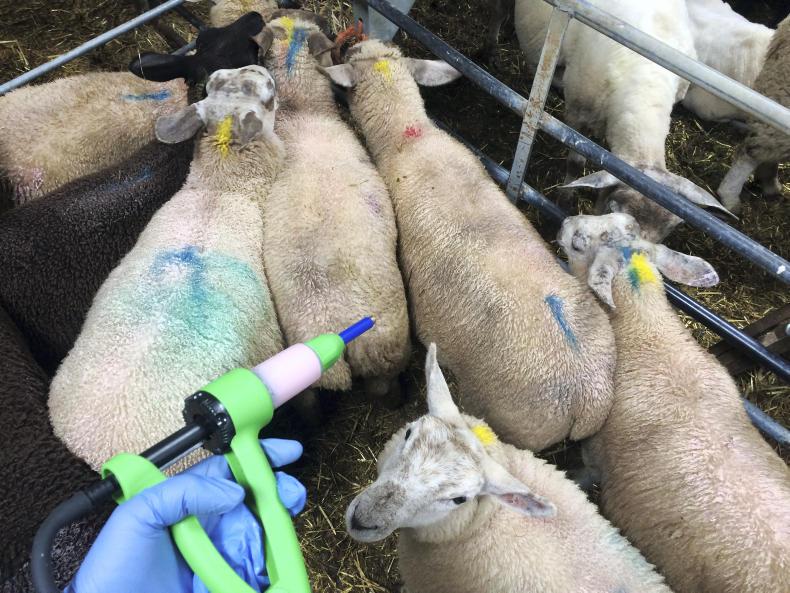Under-finished lambs
There is massive variability reported in slaughter performance of lambs. A number of plants have commented that the percentage of light and under-finished lambs is running 5% to 10% above normal levels with one plant commenting that they received 30% under-finished lambs in one particular day’s kill.
Lambs are killing poorly with kill-out percentages 2% to 3% below normal with a kill-out of 42% to 43% common and as low as 40% not uncommon in ram lambs lacking flesh. Farmers are also drafting at lower weights to conserve feed and these factors combined are witnessing more lambs killing under 17kg carcase weight. Fat cover is also becoming a growing concern, particularly in lambs that have been grazing drought-stricken swards for a number of weeks.
The challenge is being compounded by a sluggish store trade with some producers opting to send lambs straight to the factory. This is a false economy with processors penalising light under-finished lambs. In contrast, plants report lambs being meal fed achieving a relatively positive kill-out. The best response will be gained by grouping lambs on their weight and feeding accordingly. Lambs within a few kilos of slaughter-weight should be supplemented with 0.5kg to 1kg concentrates depending on grass supplies.
Blowfly strike
There have been more reports of outbreaks of blowfly strike in the last week with fly activity intensified by the humid conditions. Some of the outbreaks reported have been in sheep that have received a preventative treatment and are still within the cover period. Some veterinary specialists with blowfly preventative products commented at Sheep 2018 that excessive heat and evaporation of the active ingredient is likely to be contributing to the breakdown.
As such, farmers are being advised to be vigilant of strike in sheep and to the potential need to reapply product before anticipated. As always, it is important to consider what product provides the best fit in terms of the length of protection offered and the most suitable withdrawal period. Cyperguard, the non-organophosphate sheep dip manufactured by Bimeda, has encountered some supply issues in recent weeks. The company says there are limited supplies on the market and it is working to replenish supplies as soon as possible.
SWS meal feeding post weaning
Tight grass supplies are becoming a feature across all farms. There are some hill sheep farmers considering weaning lambs early to prioritise grass supplies for lambs. For those participating in the Sheep Welfare Scheme and selecting the measure of meal feeding post-weaning, it is important that meal is supplemented for at least a four-week period. The recommended concentrate supplementation level follows a rising scale starting at 75g per head daily in week one, increasing to 125g in week two, 175g in week three and 250g in week four. This gives a minimum input per lamb of 4.4kg over a four-week period. All lambs in the flock must be meal-fed for the four weeks but feeding dates can be split where there is an age gap between lambs and more than one weaning date.






 This is a subscriber-only article
This is a subscriber-only article










SHARING OPTIONS: